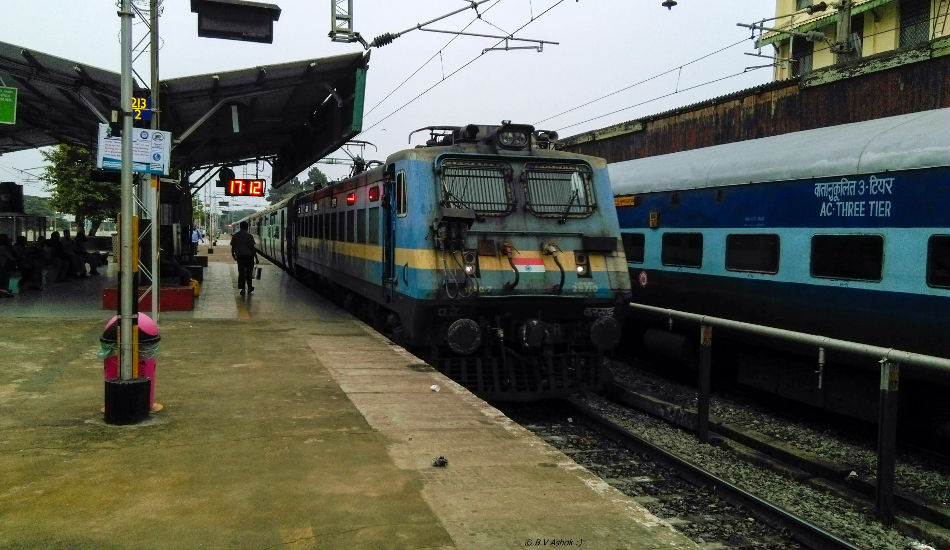Finally, after almost one and a half month, the Indian Railways will restart passenger services in a phased manner from today onwards. The services were stopped since the lockdown was first announced on March 24. It will be a relief for people who are stuck in various parts of India and wanted to go back to their hometown since long.
The government has decided to resume 15 pairs passenger train services connecting New Delhi station with Dibrugarh (Assam), Agartala (Tripura), Howrah (West Bengal), Patna (Bihar), Bilaspur (Chhattisgarh), Ranchi (Jharkhand), Bhubaneswar (Odisha), Secunderabad (Telangana), Bengaluru (Karnataka), Chennai (Tamil Nadu), Thiruvananthapuram (Kerala), Madgaon (Goa), Mumbai Central (Maharashtra), Ahmedabad (Gujarat) and Jammu Tawi (Jammu and Kashmir).
Initially, only air-conditioned services will begin on 15 Rajdhani routes and the fares would be equal to that of equivalent Rajdhani trains. The government has laid out a slew of measures to control the number of people accessing these trains – online tickets, compulsory masks, restricting entry into stations for confirmed ticket-holders only.
However, despite these measures and adequate sanitisation, they might not be enough, according to an air quality expert. That’s because these measures, which target limited people movement, social distancing and health hygiene, they do not address concerns around air quality, humidity and ventilation.
“While I welcome the resumption of train services, I find it worrisome that the government has not announced any measures related to optimum ventilation for these AC trains. Though these trains would have been sanitised, they have been sitting idle for nearly two months. Without a check of air quality, I find it worrisome to allow people in these coaches without this check”, said Mansoor Ali, founder of AMFAH India and an industry expert on air treatment products.
He suggested a check of the air filtration systems (vents and filters) for the AC units on these trains first. “A system which has not been fine-tuned can lead to difficulty in breathing for the passengers. This will lower their immunity levels as well. If there are elderly passengers, then this may end up making them sick.”
He also wondered the lack of specific guidelines for elderly passengers, though he recommended that they do not opt for these trains right now. “Despite the best of measures, an AC train remains an enclosed space, where people are close to each other. While the Virus is not airbourne, it can still stay suspended in the air for about 30 minutes from anyone who is carrying it. Simple temperature checks and masks will not help us segregate asymptomatic COVID-19 passengers and this will be a risk factor for all travel.”
There is a humidity factor to consider too. As a tropical country, India’s humidity levels tend to be on the higher side, especially during the monsoons. An AC environment means that the humidity levels also need to be monitored artificially, as there is lesser scope of natural ventilation. For higher than prescribed levels, we need to address and accommodate dehumidification with air filters in these coaches.
“The railways need to follow a four-step approach to keep passengers safe – check air quality, ensure ventilation and filtration, maintain temperature levels between 24 to 27 degrees and a humidity level between 50 RH to 60 RH. These factors create the right environment to reduce the spread and efficiency of the coronavirus” he further added.


